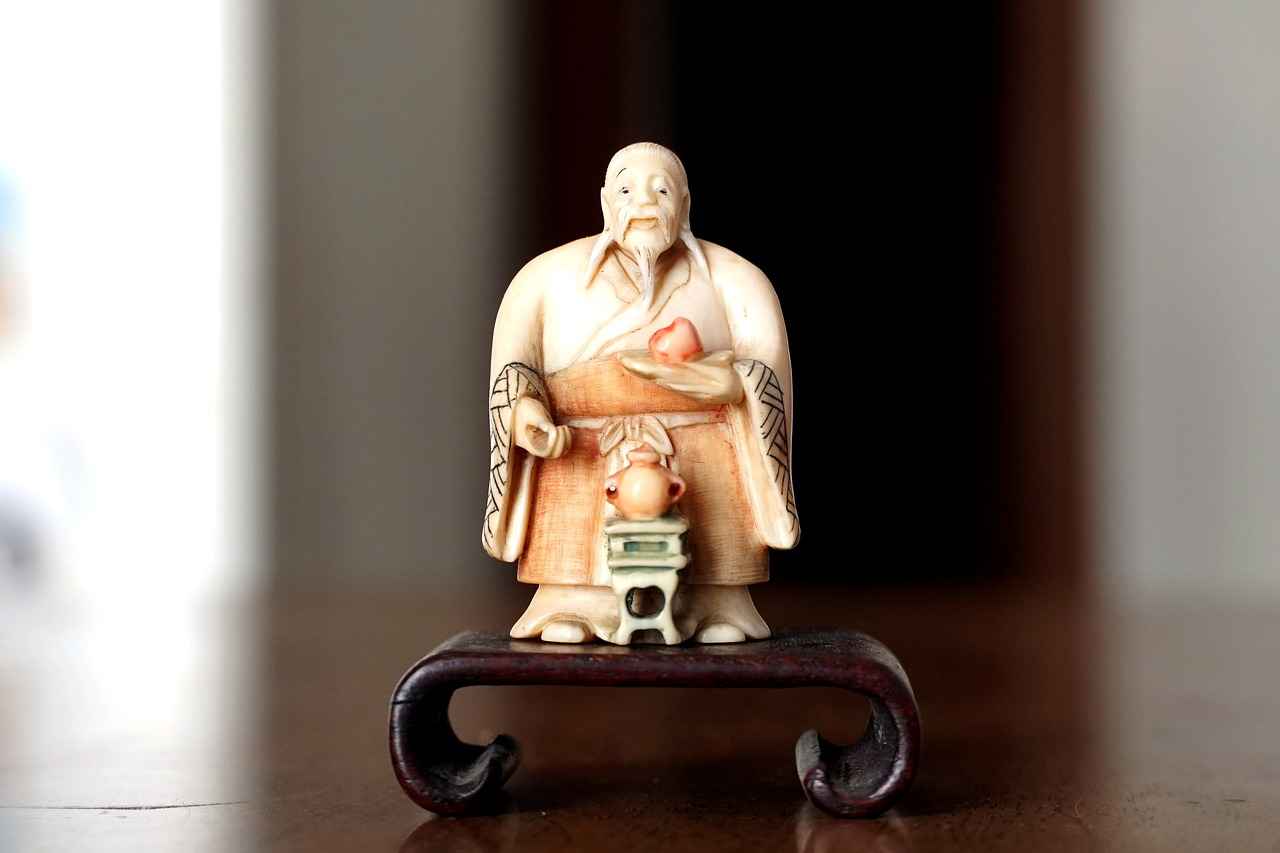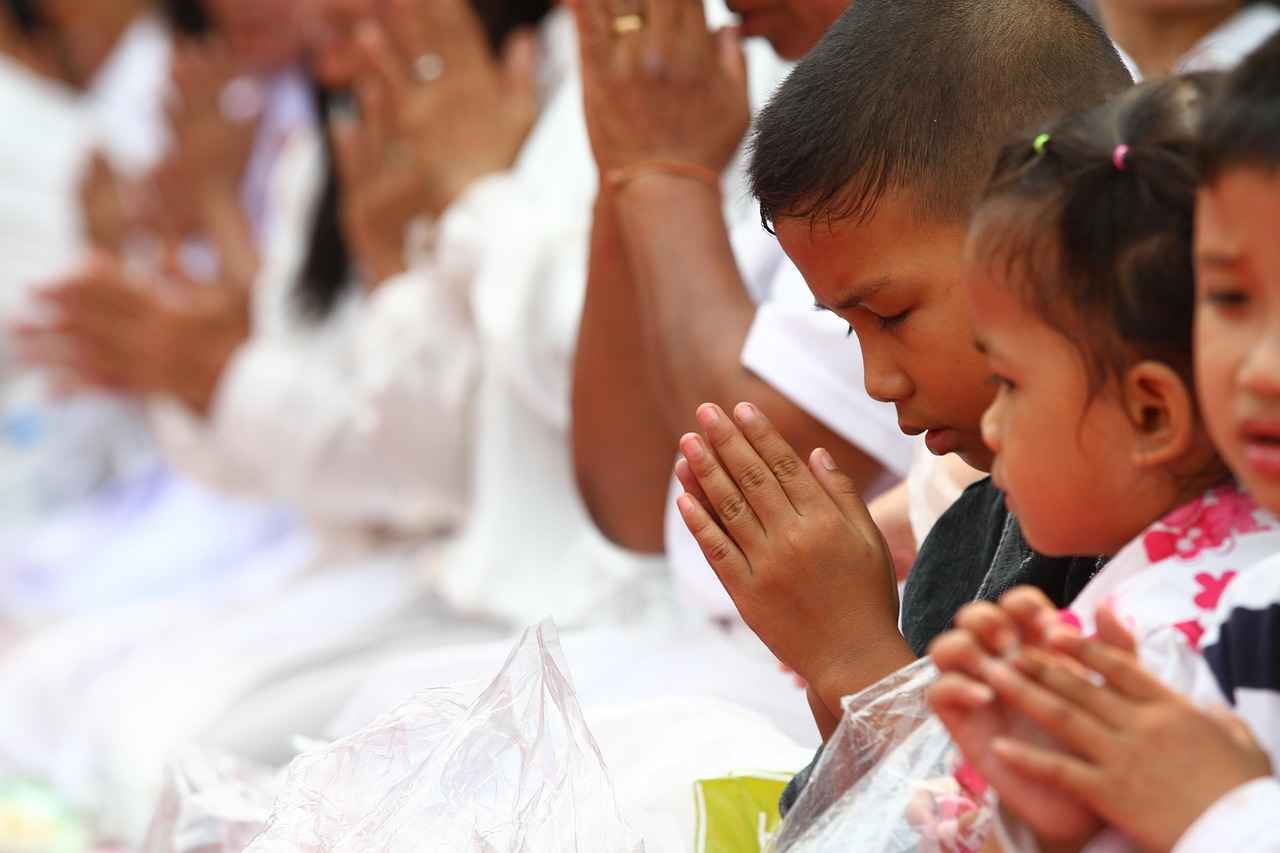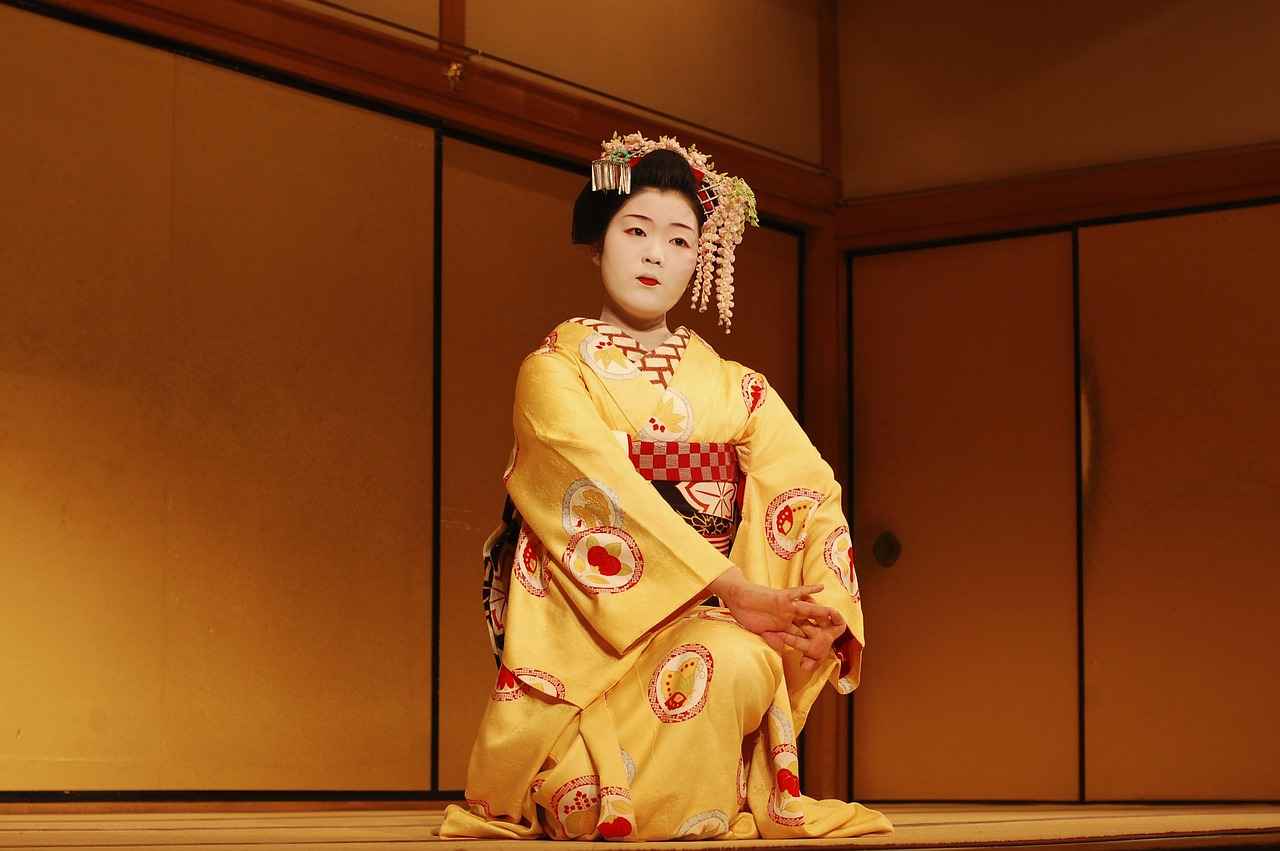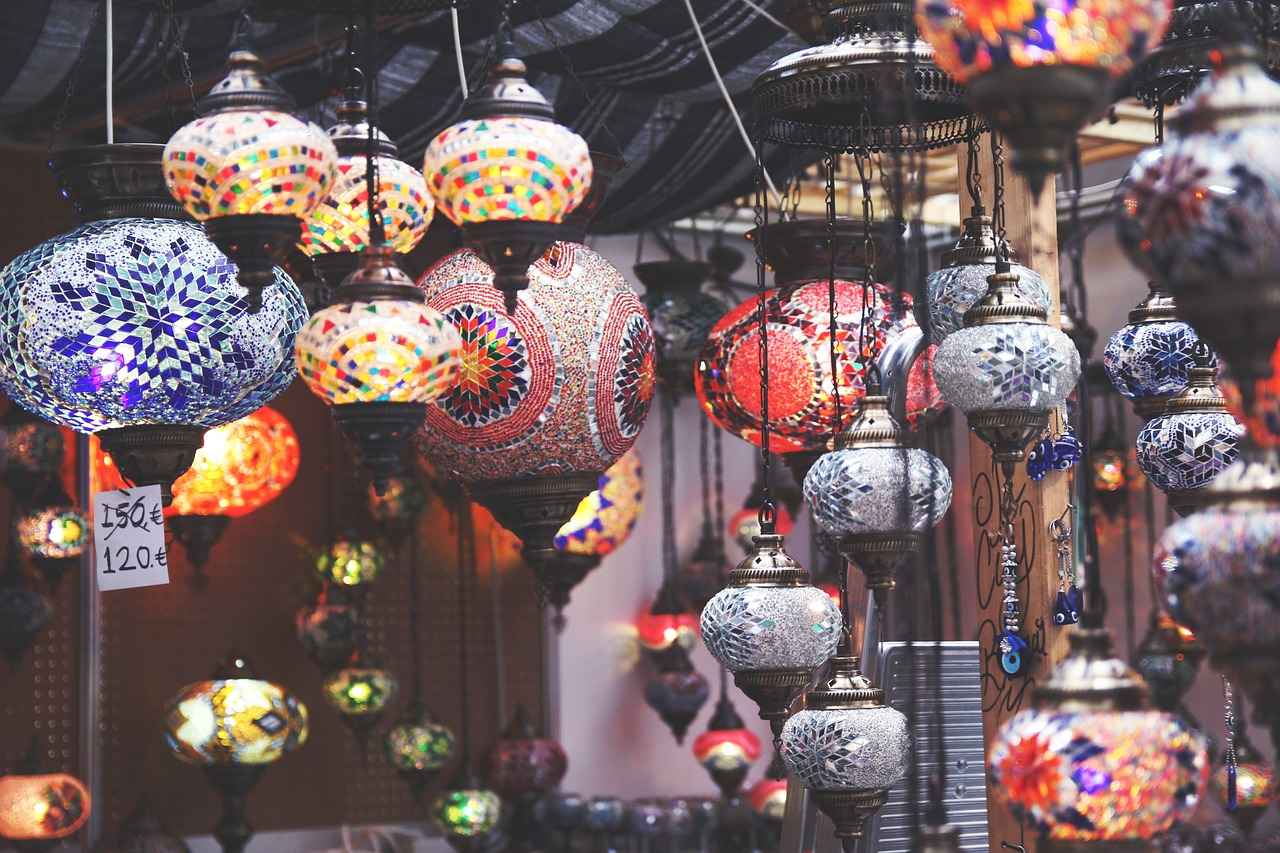Kimono Walk Spain is a captivating annual event that celebrates the rich heritage of Japanese culture through the vibrant lens of fashion, art, and community engagement. This unique festival not only showcases the exquisite beauty of traditional kimonos but also fosters a deeper understanding and appreciation of Japanese traditions among diverse audiences in Spain.
The event features a colorful parade where participants don stunning kimonos, parading through the streets with grace and elegance. Attendees can expect a lively atmosphere filled with cultural performances, including traditional music and dance, which enhance the festive spirit of the occasion. Workshops are also available, allowing participants to learn about the art of kimono dressing, origami, and various Japanese crafts.
What Makes Kimono Walk Spain Unique?
Kimono Walk Spain stands out as a bridge between cultures, promoting dialogue and understanding through shared experiences. The event is not just about showcasing beautiful attire; it is an opportunity for individuals to engage with Japanese customs, history, and artistry. The origins of this celebration can be traced back to efforts aimed at strengthening ties between Japan and Spain, making it a significant cultural exchange.
The Cultural Importance of Kimonos
Kimonos are more than mere garments; they embody deep cultural values and traditions. Each kimono tells a story, reflecting the wearer’s identity, history, and social status. Understanding the significance of kimonos enhances the experience of attending Kimono Walk Spain, as it invites visitors to appreciate the intricate craftsmanship and cultural narratives woven into each piece.
How to Get Involved
For those interested in participating, Kimono Walk Spain offers various opportunities. Individuals can join the parade, register for workshops, or even volunteer to help organize the event. The registration process is straightforward, ensuring that everyone can partake in this vibrant celebration of culture.
Conclusion: Celebrate and Embrace Diversity
In conclusion, Kimono Walk Spain is not just an event; it is a celebration of cultural diversity and heritage. Attendees are encouraged to immerse themselves in the experience, embracing the beauty of Japanese traditions and fostering connections within the community. Don’t miss the chance to be part of this enriching cultural experience!
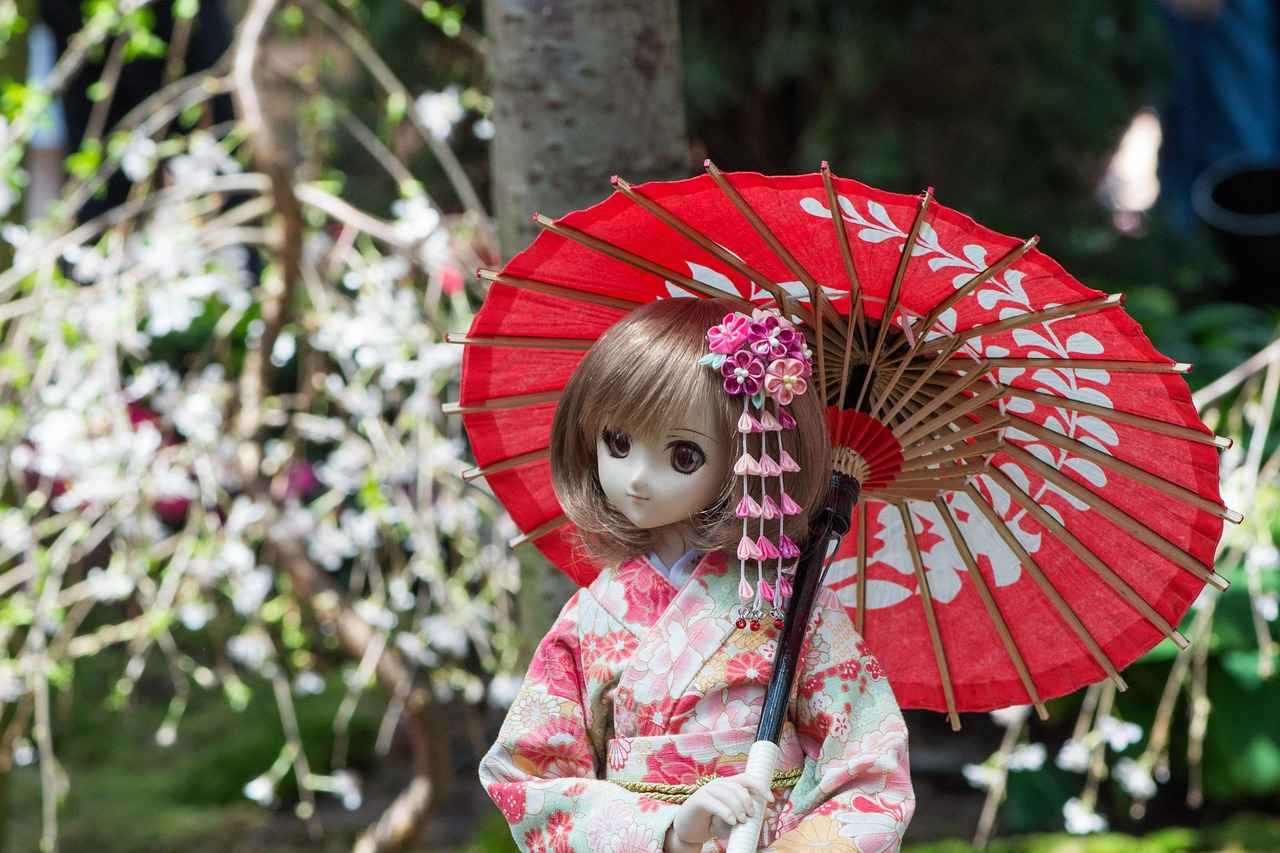
What is Kimono Walk Spain?
Kimono Walk Spain is an annual celebration that beautifully showcases the elegance of traditional Japanese kimonos. This unique event serves as a bridge for cultural exchange, fostering appreciation and understanding among diverse communities across Spain. It is not merely a fashion showcase; it is a vibrant festival that invites participants and spectators alike to immerse themselves in the rich heritage of Japan.
During this event, attendees can expect a plethora of activities that highlight the significance of kimonos in Japanese culture. From a stunning parade featuring participants dressed in exquisite kimonos to engaging workshops that teach traditional Japanese arts, Kimono Walk Spain offers something for everyone. The event aims to educate the public about the history and artistry of kimonos, making it an enriching experience for all.
What Makes Kimono Walk Spain Unique?
- Cultural Exchange: The event promotes dialogue and understanding between Japanese and Spanish cultures.
- Community Engagement: Local communities are encouraged to participate, enhancing the sense of belonging and collaboration.
- Artistic Expression: Attendees can appreciate the intricate designs and craftsmanship of kimonos, highlighting their artistic significance.
Furthermore, the event is designed to be inclusive, welcoming individuals of all ages and backgrounds. Whether you are a seasoned kimono enthusiast or a curious newcomer, Kimono Walk Spain invites you to join in the festivities. The vibrant atmosphere, combined with the beautiful sights and sounds of traditional Japanese culture, ensures that this event is a memorable experience.
Conclusion: Kimono Walk Spain is more than just a display of beautiful clothing; it is a celebration of cultural heritage, artistic expression, and community spirit. By participating in this annual event, you not only gain insight into the world of kimonos but also contribute to a greater understanding and appreciation of Japanese culture within Spain.

The History of Kimono in Japan
Understanding the rich history of kimonos provides essential context to their enduring significance in Japanese culture. This section delves into the origins, evolution, and cultural importance of kimonos, highlighting their role as more than mere garments.
The kimono, a traditional Japanese garment, has a history that dates back to the Heian period (794-1185). Initially, it served as a practical outfit, but over time, it evolved into a symbol of Japanese identity and artistry. The word “kimono” translates to “something to wear,” reflecting its fundamental purpose. As Japan transitioned through various historical eras, the design and use of kimonos adapted to reflect the social norms and aesthetic values of each period.
During the Edo period (1603-1868), kimonos became increasingly elaborate, showcasing vibrant colors and intricate patterns that indicated the wearer’s social status and regional identity. This period also saw the rise of kimono artisans, who specialized in dyeing and weaving techniques, further enhancing the garment’s cultural significance.
In contemporary Japan, kimonos are worn during special occasions such as weddings, tea ceremonies, and festivals, symbolizing tradition and respect for heritage. Additionally, the kimono has inspired modern fashion designers worldwide, leading to a fusion of traditional and contemporary styles that celebrate its legacy.
Understanding the history of kimonos not only enriches our appreciation for this exquisite garment but also highlights its role as a cultural bridge between Japan and the world, showcasing the beauty and complexity of Japanese traditions.
The Evolution of Kimono Styles
is a fascinating journey through time, showcasing how this iconic garment has adapted to changing societal norms, fashion trends, and artistic expressions. From its origins in ancient Japan to its modern interpretations, the kimono is not just a piece of clothing; it is a canvas of cultural history.
Initially, kimonos were simple in design, made from natural materials and dyed using traditional methods. As Japan entered the Heian period (794-1185), the kimono began to evolve into a more elaborate garment. The introduction of vibrant colors and intricate patterns reflected the status and personality of the wearer. During this time, layering techniques became popular, leading to the creation of the jūnihitoe, a multi-layered kimono worn by court ladies.
As we moved into the Edo period (1603-1868), the kimono saw significant transformations. This era marked the rise of the merchant class, and with it, a surge in the demand for fashionable kimonos. The introduction of new dyeing techniques and textiles allowed for even more vibrant designs, making kimonos a symbol of wealth and style. The use of motifs such as cherry blossoms and waves became prevalent, each carrying its own cultural significance.
In the 20th century, kimonos faced challenges due to Western influences and changing lifestyles. However, designers began to reinterpret traditional styles, merging them with contemporary fashion. This led to the creation of modern kimonos that cater to a global audience, often incorporating Western cuts and fabrics while retaining essential elements of the traditional garment.
Today, kimonos are celebrated not only as traditional attire but also as a form of artistic expression. They are worn during special occasions, festivals, and ceremonies, symbolizing a deep connection to Japanese heritage. The evolution of kimono styles reflects a broader narrative of cultural resilience and adaptation, making it a compelling subject for both fashion enthusiasts and cultural historians alike.
| Era | Key Features | Significance |
|---|---|---|
| Heian Period | Simple designs, natural dyes | Foundation of kimono aesthetics |
| Edo Period | Elaborate patterns, vibrant colors | Symbol of status and wealth |
| Modern Era | Contemporary cuts, fusion styles | Global appeal and artistic expression |
In conclusion, the evolution of kimono styles is a testament to Japan’s rich cultural heritage. It continues to inspire designers and fashion lovers around the world, bridging the gap between tradition and modernity.
Traditional vs. Modern Kimonos
The kimono, a quintessential symbol of Japanese culture, has undergone significant transformations over the years. This section explores the contrast between traditional kimonos and their modern interpretations, showcasing how contemporary designers have successfully blended heritage with innovation.
Traditional kimonos are characterized by their rich fabrics, intricate patterns, and meticulous craftsmanship. They often feature vibrant colors and motifs that hold deep cultural meanings, such as seasonal changes, family heritage, or auspicious symbols. These garments are typically worn during special occasions like weddings, festivals, and ceremonies, embodying a sense of formality and respect for tradition.
In contrast, modern kimonos have evolved to reflect contemporary fashion trends and lifestyles. Designers are experimenting with fabrics, cuts, and styles, creating pieces that appeal to a broader audience. For instance, many modern interpretations incorporate lighter materials and simplified designs, making them more accessible and comfortable for everyday wear. Some designers even blend kimono elements with Western fashion, resulting in unique hybrid styles that maintain the essence of the kimono while appealing to modern sensibilities.
One notable trend is the use of digital printing technology, which allows for the creation of intricate designs at a fraction of the cost of traditional hand-dyeing techniques. This innovation not only preserves the aesthetic appeal of the kimono but also makes it more affordable and widely available, encouraging a new generation to embrace this iconic garment.
Moreover, the rise of sustainable fashion has influenced modern kimono designs, with many designers prioritizing eco-friendly materials and ethical production practices. This shift not only honors the traditional craftsmanship of kimonos but also aligns with contemporary values of sustainability and social responsibility.
In summary, the interplay between traditional and modern kimonos illustrates a dynamic cultural evolution. As contemporary designers continue to innovate while respecting the rich history of the kimono, they ensure that this beautiful garment remains relevant in today’s fashion landscape.
Cultural Significance of Kimonos
Kimonos are not merely garments; they serve as a profound representation of Japanese culture, embodying its values, customs, and identity. The significance of kimonos extends far beyond their aesthetic appeal, as they play a crucial role in various ceremonies and daily life.
Traditionally, kimonos are worn during important life events such as weddings, funerals, and festivals. Each color, pattern, and style conveys specific meanings and reflects the wearer’s social status, age, and occasion. For instance, a white kimono is often worn by brides, symbolizing purity and new beginnings, while a black kimono is typically reserved for mourning, representing respect and remembrance.
In daily life, kimonos have also adapted to modern contexts, becoming a symbol of national pride and cultural heritage. Many Japanese individuals wear kimonos during seasonal festivals or family gatherings, reinforcing their connection to tradition. This practice not only preserves the art of kimono wearing but also promotes cultural awareness among younger generations.
Furthermore, the intricate craftsmanship involved in kimono production showcases the rich artistic heritage of Japan. Each kimono is often handmade, utilizing techniques passed down through generations, such as dying, weaving, and embroidery. This attention to detail highlights the importance of artistry in Japanese culture and the value placed on handmade goods.
In conclusion, kimonos are a vital aspect of Japanese identity, representing a blend of tradition and modernity. They serve as a reminder of the cultural values that shape Japanese society, making them not just clothing but a living symbol of a rich heritage.
Kimono Walk Spain: Origins and Objectives
Kimono Walk Spain is an extraordinary event that aims to bridge the cultural gap between Japan and Spain through the celebration of traditional Japanese attire, particularly the kimono. This vibrant gathering not only showcases the beauty of kimonos but also serves as a platform for cultural exchange, fostering deeper understanding and appreciation of Japanese heritage among Spanish communities.
The inception of Kimono Walk Spain can be traced back to a group of passionate individuals who recognized the need for a cultural event that would highlight the rich traditions of Japan while simultaneously promoting intercultural relationships. Their vision was clear: to create a space where people could come together, learn, and celebrate the essence of Japanese culture. The event has since evolved into a much-anticipated annual celebration.
One of the primary goals of Kimono Walk Spain is to enhance cultural awareness. By showcasing traditional kimonos and their intricate designs, the event educates attendees on the historical and cultural significance of this iconic garment. Workshops and demonstrations are organized to provide insights into kimono dressing, the art of origami, and other traditional Japanese crafts, enriching participants’ knowledge and appreciation of the culture.
Moreover, Kimono Walk Spain aims to foster relationships between Japan and Spain by encouraging collaboration among cultural organizations, artists, and community members. The event serves as a bridge, connecting people from diverse backgrounds and promoting mutual respect and understanding. Through various performances, parades, and interactive activities, attendees are invited to immerse themselves in a unique cultural experience that celebrates diversity.
In summary, Kimono Walk Spain stands as a testament to the power of cultural exchange. Its origins are rooted in a desire to promote awareness and foster relationships, making it an essential event for anyone interested in exploring the beautiful tapestry of Japanese culture within the vibrant context of Spain.
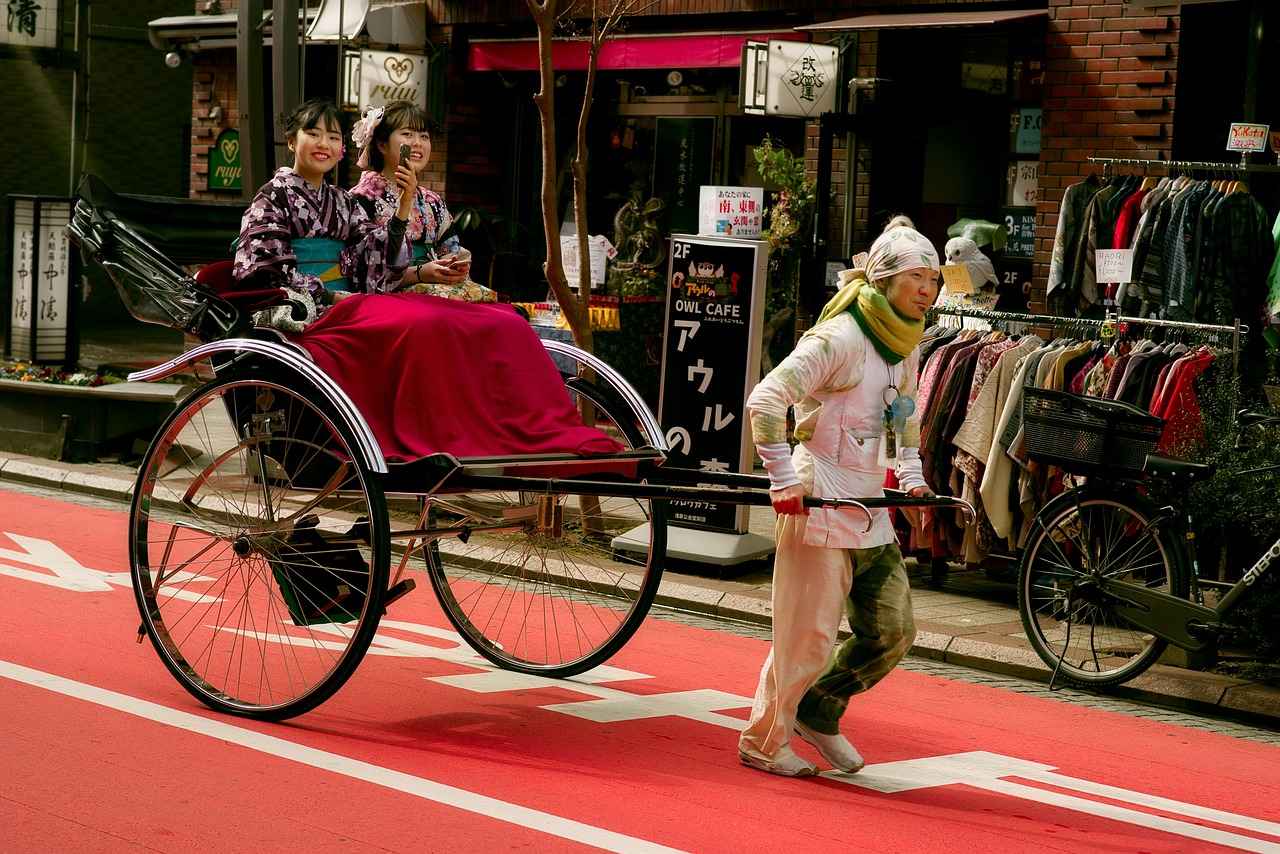
What to Expect at Kimono Walk Spain
Attending Kimono Walk Spain promises an unforgettable experience, filled with vibrant displays of culture, art, and community spirit. This annual event not only showcases the beauty of traditional Japanese kimonos but also offers a plethora of engaging activities that immerse attendees in the rich tapestry of Japanese heritage.
- Colorful Parade: One of the main attractions is the colorful parade, where participants don exquisite kimonos, parading through the streets in a festive atmosphere. Expect to see a variety of styles, each telling a story of its own, as they move gracefully along the designated route.
- Cultural Performances: The event features an array of cultural performances that highlight traditional Japanese arts. From mesmerizing taiko drumming to elegant tea ceremonies, these performances provide a glimpse into Japan’s rich cultural practices.
- Interactive Workshops: Workshops are an integral part of the event, offering hands-on experiences in activities such as kimono dressing, origami, and traditional Japanese crafts. Participants can learn directly from skilled artisans, making it a unique educational opportunity.
In addition to these main attractions, attendees can also enjoy:
- Food Stalls: Sample delicious Japanese cuisine at food stalls, featuring sushi, ramen, and other traditional dishes.
- Art Exhibitions: Explore exhibitions showcasing Japanese art and photography, providing deeper insight into the culture.
Overall, the Kimono Walk Spain is not just an event; it is a celebration of cultural exchange, where participants can connect, learn, and create lasting memories. Whether you’re a cultural enthusiast or simply curious, this event offers something for everyone.
Parade Highlights
The Kimono Walk Spain event features a spectacular parade that is not only a visual feast but also a celebration of cultural heritage. This annual event draws participants from various backgrounds, all adorned in stunning kimonos that showcase the intricate artistry and craftsmanship of Japanese fashion. The parade serves as a vibrant reminder of the beauty of cultural exchange.
The parade route winds through the heart of the city, allowing spectators to immerse themselves in a festive atmosphere filled with music, dance, and the joyful sounds of celebration. Along the route, attendees can expect to see:
- Colorful Floats: Each float is meticulously decorated, often representing different aspects of Japanese culture.
- Traditional Music: Live performances of traditional Japanese music accompany the parade, enhancing the overall experience.
- Dance Performances: Participants often engage in traditional dances, adding dynamic movement to the visual spectacle.
- Community Participation: Local community members are encouraged to join, promoting inclusivity and shared cultural appreciation.
As the parade progresses, the atmosphere becomes increasingly festive. The vibrant colors of the kimonos, combined with the sounds of laughter and celebration, create a sense of unity among participants and spectators alike. This event not only highlights the beauty of kimonos but also fosters connections between diverse communities in Spain.
In summary, the parade at Kimono Walk Spain is a central feature that encapsulates the spirit of the event. It offers a unique opportunity for attendees to appreciate the elegance of kimonos while engaging with the rich cultural traditions of Japan. Don’t miss the chance to witness this captivating celebration!
Cultural Workshops and Activities
At Kimono Walk Spain, participants have the unique opportunity to immerse themselves in the rich tapestry of Japanese culture through a variety of interactive workshops. These workshops are designed to be both educational and engaging, allowing attendees to gain hands-on experience in traditional Japanese arts and crafts.
- Kimono Dressing Workshops: Learn the intricate art of wearing a kimono, from selecting the right garment to mastering the various layers and accessories. Participants will receive step-by-step guidance from experienced instructors, ensuring that everyone leaves with the knowledge and confidence to wear a kimono beautifully.
- Origami Sessions: Discover the delicate craft of origami, the Japanese art of paper folding. In these sessions, participants will be taught how to create various shapes and figures, from simple designs to more complex creations. This hands-on activity is perfect for all ages and skill levels.
- Calligraphy Classes: Experience the elegance of Japanese calligraphy, or shodō. Participants will learn the basics of brush techniques and the significance of kanji characters, creating their own beautiful pieces to take home as a memento of their experience.
- Ikebana Demonstrations: Explore the art of Japanese flower arrangement through ikebana. This workshop will guide participants in creating stunning floral displays that reflect the principles of harmony and balance, integral to this traditional practice.
- Traditional Tea Ceremony: Engage in the serene practice of a Japanese tea ceremony. Participants will learn about the history and significance of this ritual, as well as the proper techniques for preparing and serving matcha tea.
These workshops not only provide a platform for learning but also foster a deeper appreciation for Japanese culture. Engaging with these traditional arts allows participants to connect with the essence of Japan, making Kimono Walk Spain a truly enriching experience.
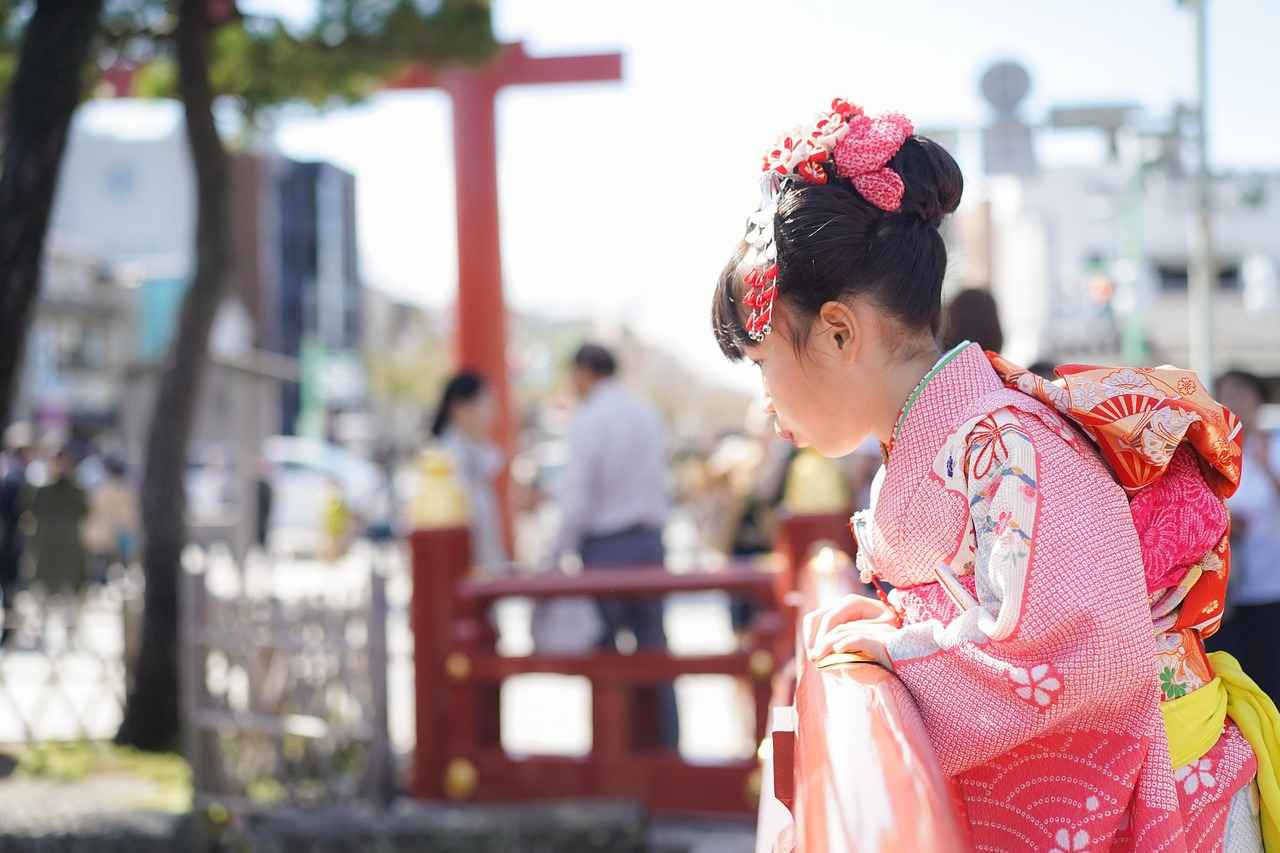
How to Participate in Kimono Walk Spain
If you are eager to immerse yourself in the vibrant atmosphere of Kimono Walk Spain, there are several ways to participate in this unique cultural event. Whether you wish to join the parade, engage in workshops, or volunteer, this guide offers all the practical information you need to make the most of your experience.
- Joining the Parade: One of the highlights of Kimono Walk Spain is the parade, where participants don beautiful kimonos and showcase their elegance. To participate, you will need to register in advance. Ensure you check the official event website for specific deadlines and guidelines.
- Attending Workshops: Throughout the event, various workshops will be available, allowing attendees to learn about traditional Japanese arts such as kimono dressing, origami, and calligraphy. These interactive sessions are designed for all skill levels, making it a perfect opportunity for beginners and enthusiasts alike.
- Volunteering: If you want to contribute to the success of Kimono Walk Spain, consider volunteering. This is a fantastic way to engage with fellow participants and gain behind-the-scenes insights into the event. Volunteers often assist with organizing activities, helping attendees, and ensuring everything runs smoothly.
Registration Process: To participate in the parade or workshops, you will need to complete a registration form. This form typically requires basic personal information and may include a section for selecting your preferred activities. Be sure to submit your registration before the deadline to secure your spot.
Preparation Tips: If you are planning to wear a kimono, it is advisable to practice dressing beforehand or seek guidance from experienced individuals. Additionally, familiarize yourself with the event schedule to make the most of your day.
By following these steps, you can fully enjoy the rich cultural experience that Kimono Walk Spain has to offer. Don’t miss this opportunity to celebrate and appreciate Japanese traditions in a vibrant community setting!
Registration Process
for Kimono Walk Spain is a crucial step for those wishing to participate in this vibrant cultural celebration. This section outlines the necessary steps, deadlines, and requirements for individuals eager to don a kimono and immerse themselves in this unique experience.
To register for Kimono Walk Spain, participants must follow a straightforward process:
- Eligibility: Anyone interested in wearing a kimono during the event is encouraged to register. This includes individuals of all ages and backgrounds.
- Registration Form: Interested participants must complete an online registration form available on the official Kimono Walk Spain website. This form requires personal details such as name, age, and contact information.
- Kimono Selection: Participants wishing to wear a kimono must choose from a selection provided by the organizers. Options will be available on the website, along with guidelines on sizing and styles.
- Deadline: It is essential to register before the specified deadline, which is usually set two weeks prior to the event. This ensures that there is enough time for kimono fittings and preparations.
- Fees: A nominal participation fee may apply, covering the cost of kimono rental and other event-related expenses. Participants will be informed of the exact amount during registration.
Once registered, participants will receive confirmation via email, along with additional information regarding the event schedule, fitting appointments, and other essential details.
For those who may have questions or require assistance during the registration process, a dedicated support team is available to help. Participants can reach out through the contact information provided on the website.
By following these steps, individuals can ensure their participation in Kimono Walk Spain, allowing them to experience the beauty and cultural significance of wearing a kimono in a festive environment.
Volunteer Opportunities
Volunteering at Kimono Walk Spain offers a unique chance to engage with the community while celebrating Japanese culture. This vibrant event thrives on the contributions of dedicated volunteers who play a crucial role in ensuring its success. Here’s how you can get involved:
- Assist with Event Setup: Help set up the venue by arranging seating, decorations, and informational booths. Your efforts will contribute to creating an inviting atmosphere for attendees.
- Guide Participants: As a volunteer, you can help guide participants during the parade and workshops, ensuring everyone knows where to go and what to expect.
- Support Cultural Workshops: Engage with attendees by assisting in cultural workshops, such as kimono dressing or origami. Sharing your knowledge can enhance the experience for participants.
- Promote Cultural Exchange: Volunteers can facilitate conversations between attendees and cultural representatives, fostering understanding and appreciation for Japanese traditions.
- Help with Cleanup: After the event, volunteers are essential for tidying up the venue. This ensures the space is left in good condition for future events.
Volunteering not only allows you to contribute to a meaningful cause but also offers opportunities to meet new people, learn about Japanese culture, and gain valuable experience in event management. Whether you are a local resident or a visitor, your participation can make a difference.
To become a volunteer, interested individuals can visit the official Kimono Walk Spain website for more information on registration, requirements, and specific roles available. Embrace the chance to be part of this cultural celebration and help create lasting memories for everyone involved!
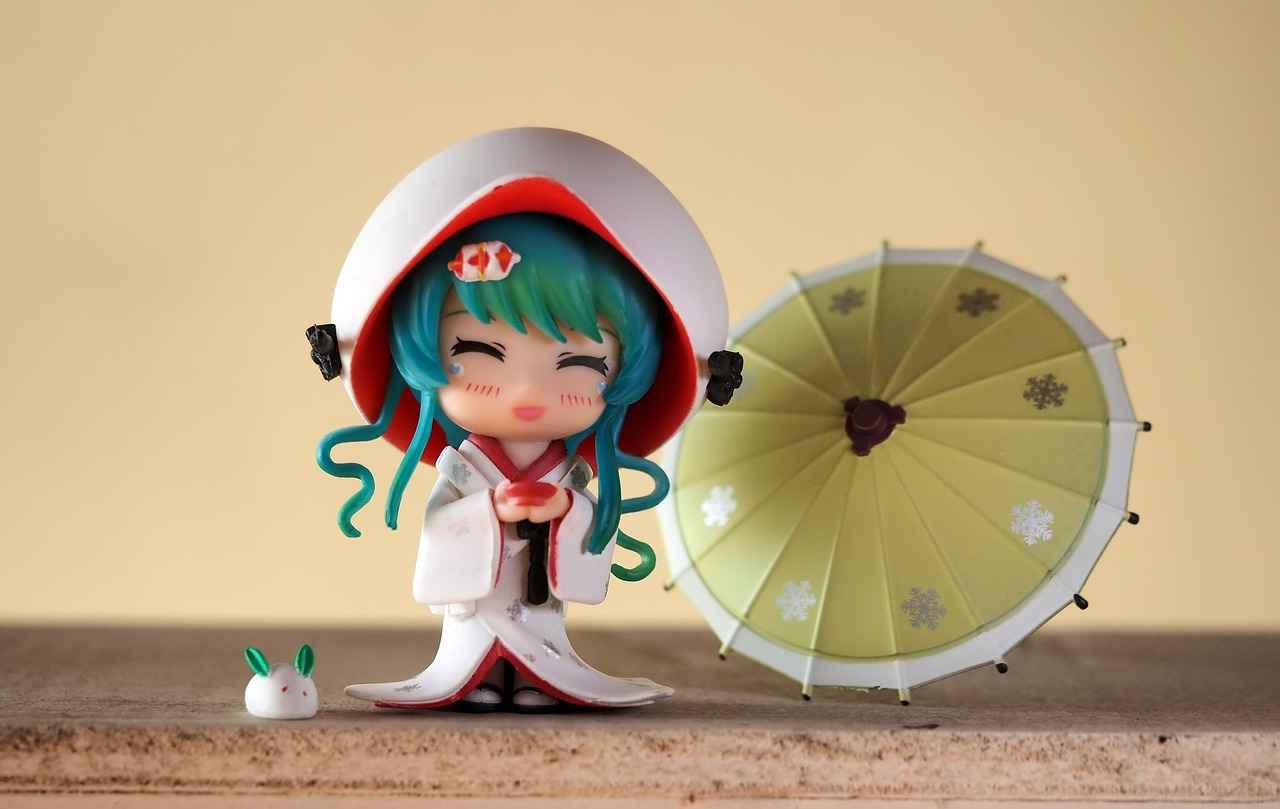
Conclusion: Embrace the Culture at Kimono Walk Spain
Kimono Walk Spain is not just an event; it is a vibrant tapestry of cultural heritage that invites participants to immerse themselves in the rich traditions of Japan. This annual celebration serves as a bridge between cultures, allowing attendees to experience the elegance and artistry of traditional Japanese kimonos while fostering a sense of community and appreciation for diversity.
At Kimono Walk Spain, visitors can expect a lively atmosphere filled with colorful parades, where participants don stunning kimonos, showcasing their beauty and intricate designs. The event highlights the importance of cultural exchange, encouraging interactions between individuals from various backgrounds. Through this event, attendees can gain insights into the history and significance of kimonos, which have been an integral part of Japanese culture for centuries.
The history of kimonos is rich and varied, evolving from simple garments to complex pieces of art that reflect social status and personal identity. Understanding this evolution enriches the experience of those attending Kimono Walk Spain, as they gain a deeper appreciation for the garments they see. Workshops and demonstrations during the event allow participants to learn about the art of kimono dressing, origami, and other traditional Japanese crafts, creating an interactive environment that encourages learning.
For those interested in participating, the registration process is straightforward, with opportunities for both attendees and volunteers to engage. Whether you wish to wear a kimono in the parade or assist in organizing activities, there are many ways to be involved.
In conclusion, Kimono Walk Spain is a unique opportunity to embrace and celebrate Japanese traditions. It is an enriching experience that not only showcases the beauty of kimonos but also fosters understanding and appreciation across cultures. Don’t miss the chance to be part of this vibrant celebration!
Frequently Asked Questions
- What is the purpose of Kimono Walk Spain?
Kimono Walk Spain aims to celebrate Japanese culture through the beauty of kimonos, fostering cultural exchange and appreciation among diverse communities in Spain.
- Do I need to wear a kimono to participate?
While wearing a kimono enhances the experience, it’s not mandatory. Everyone is welcome to join the festivities, whether in traditional attire or casual clothing.
- What activities can I expect at the event?
Expect a vibrant parade, captivating cultural performances, and interactive workshops. You can learn about kimono dressing, origami, and other traditional Japanese arts!
- How can I register for the parade?
To participate in the parade, you need to register online. Check the official website for deadlines and requirements to ensure you secure your spot!
- Are there volunteer opportunities available?
Absolutely! Volunteering is a fantastic way to engage with the community. You can sign up on the event’s website to help make Kimono Walk Spain a success.








